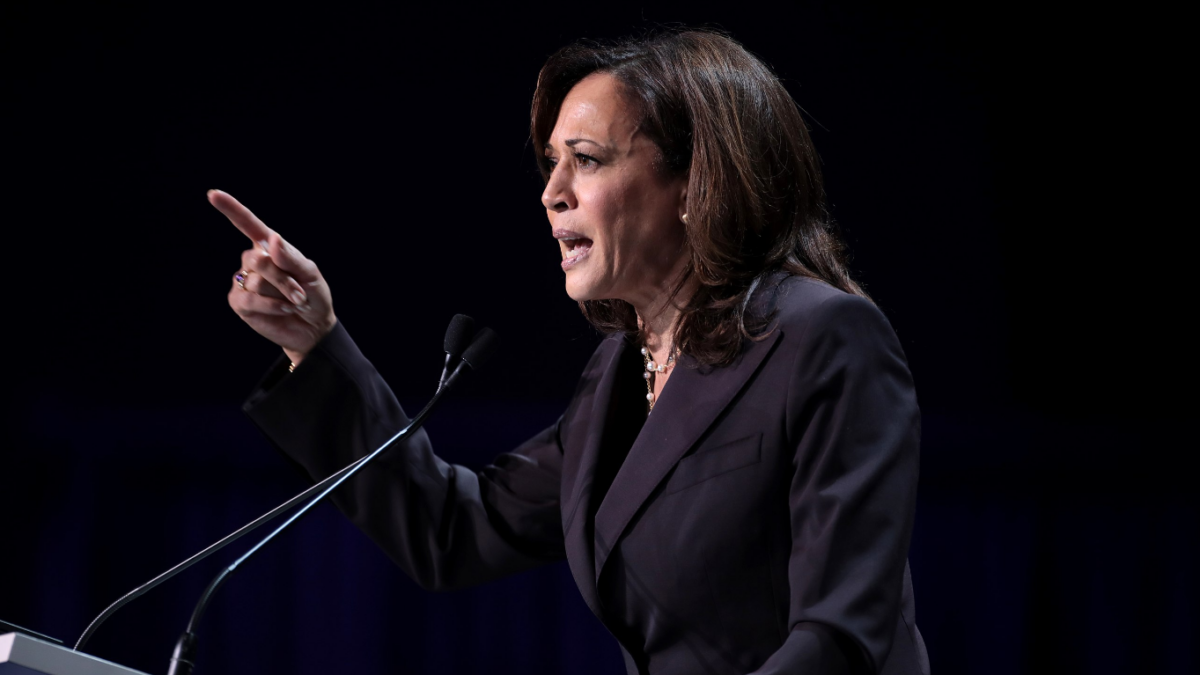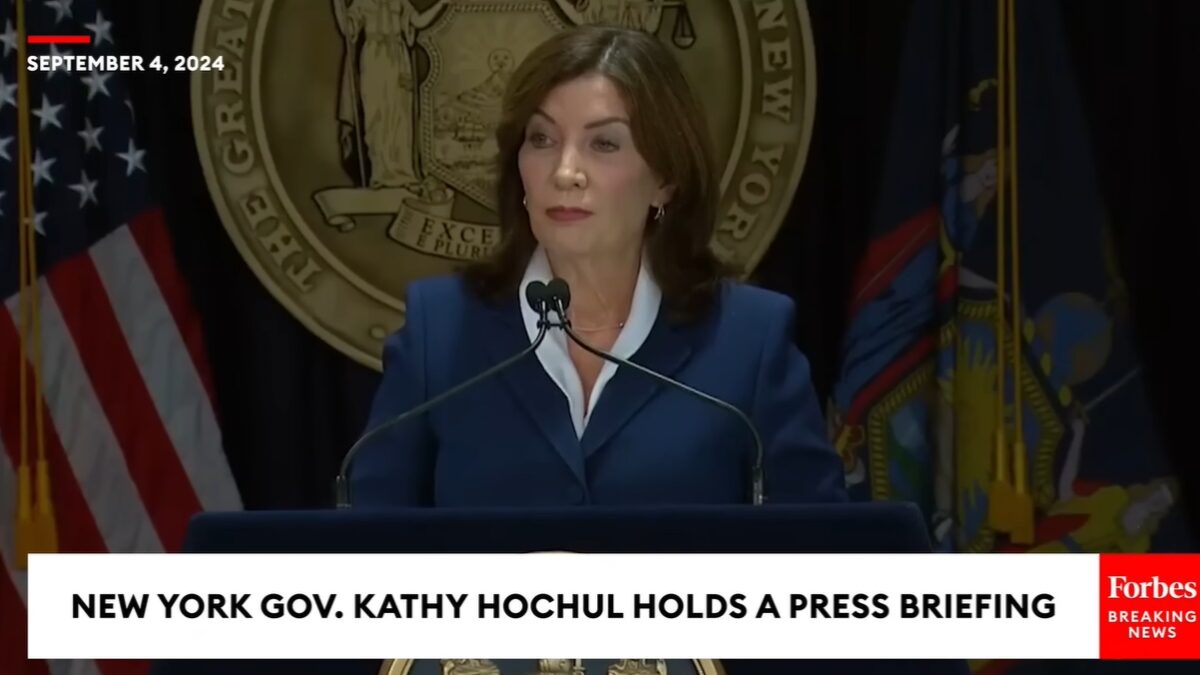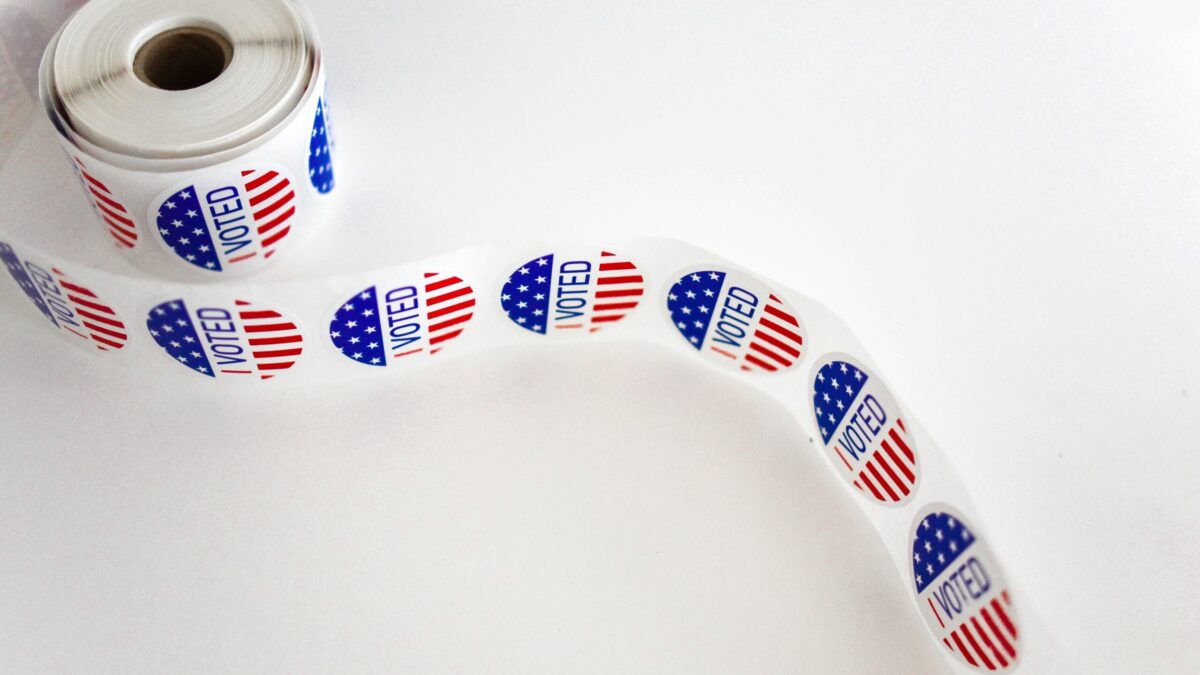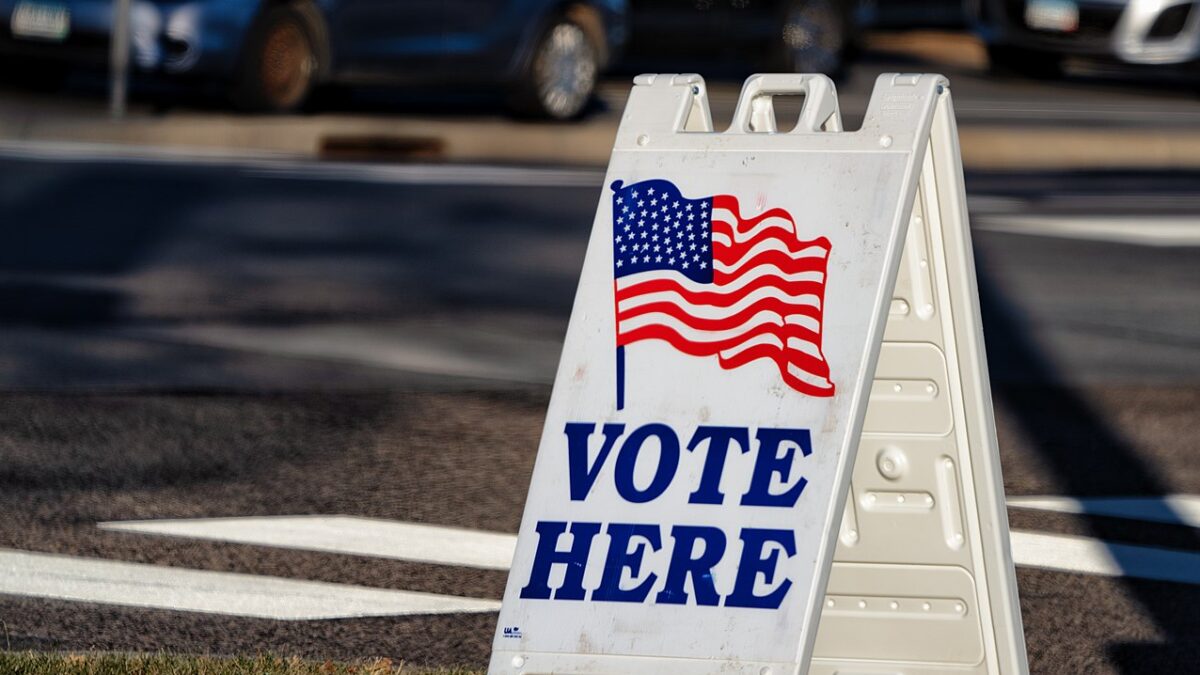Kamala Harris hasn’t been the presumptive Democrat nominee for even a week, and already the press is desperately trying to insist perfectly valid criticisms of her are illegitimate. If you think the media were complicit in attempting and failing to hide Joe Biden’s senility, the attempt to retcon her political career into something that resembles respectable and competent is even more brazen.
“She was never the border czar.”
“She was never considered the most liberal senator.”
“She was never a DEI hire.”
“She doesn’t owe her political career to her powerful boyfriend.”
Oh, but she was, she was, she was, and she does.
The dishonesty surrounding all of these issues is worth highlighting, but let’s focus on that last point involving Harris’ relationship with California’s powerful political boss Wille Brown, for no other reason than The New York Times has provided a terrific example of how the lies are coming in hot.
The Times’ “On Politics” newsletter Wednesday — think of it as political talking points for affluent wine moms, a.k.a. the Democrats’ base — was dedicated to combatting “the sexist and racist rumors that have followed Harris for years” with “the facts behind several conspiracy theories and misleading claims about Harris that have spread widely in recent days.”
Nearly the whole thing is an orgiastic recitation of errant nonsense, starting with the fact that the Times is quoting disgraced “disinformation expert” Nina Jankowicz to make the case that Harris is the victim of a disproportionate amount of online attacks. (Harris’ competitor in the presidential race was shot in the head less than two weeks ago, and, unsurprisingly, there’s been a dearth of media handwringing about the rhetorical climate that may have enabled an actual assassination attempt. That’s because an honest discussion about hateful rhetoric would involve asking basic questions such as, “Why did The New York Times win a Pulitzer for stories based on the false premise that Donald Trump stole an election by treasonously colluding with Russia?”)
But I digress. Again, the real lowlight of the Times article is its discussion of Kamala Harris’ relationship with Willie Brown. One of my favorite things “fact checkers” do is introduce a proposition as false and then try to confirm that falsity by desperately spinning a bunch of inconvenient facts that confirm the proposition is actually true. The entire section on Harris and Willie Brown is a textbook example:
The sexist insinuations point in part to her brief relationship in the 1990s with Willie Brown, who was 60 and the speaker of the California Assembly when Harris was 29 and rising in the Bay Area legal scene. He appointed Harris to two well-paid state board positions and introduced her to his political connections.
When she was campaigning to be San Francisco’s district attorney in 2003, her opponents repeatedly commented on her link to Brown — references that she told The New York Times in 2019 were “frustrating” and “designed to degrade, frankly, the conversation about why we needed a new D.A.”
During the 2003 race, which she won, she told SF Weekly that there was nothing improper about benefiting from her ties to Brown, although she described the relationship as an “albatross hanging around my neck.” She said she “brought a level of life knowledge and common sense” to the board roles, adding that “whether you agree or disagree with the system, I did the work.”
She said that she had “no doubt that I am independent of him” and that “I do not owe him a thing.”
Just so we’re clear, The New York Times is confirming Harris did in fact have a relationship with Willie Brown, who was 31 years older (and, for what it’s worth, still married at the time). Harris herself admits her career benefited significantly from said relationship. Other Democrats shared the perception she did not earn her positions. And Harris, a lawyer who initially failed the bar exam, can only say that she “brought a level of life knowledge and common sense” rather than actual qualifications to the jobs Brown appointed her to. But it’s a sexist insinuation to insist these facts are rather unflattering to Kamala!
And this is just what The New York Times is admitting. In actuality, the details are far worse than the Times is letting on. Peter Schweizer, an investigative journalist who has worked with The New York Times in the past, details quite a bit on the corrupt nature of the Harris/Brown relationship in his book, Profiles in Corruption, which has been out for four and a half years. And the facts as he lays them out are damning.
Brown, who was repeatedly investigated by the FBI for corruption, was far more involved in Harris’ career ascent than appointing her to two board positions. He was a kingmaker in California, and he was heavily involved in helping Harris get elected as San Francisco district attorney. Brown didn’t do this entirely out of the goodness of his heart. Harris was working for the previous district attorney, Terence Hallinan, and quit when she got passed over for the No. 2 position in the DA’s office.
Hallinan found himself as the subject of criticism from other city officials, but others suggested the controversy was manufactured. “This whole thing is about Kamala Harris,” a source close to Brown told the San Francisco Chronicle. “Cross one of Willie’s friends and there will be hell to pay.” Eventually, Harris ran for DA with Brown’s powerful backing — a former Brown aide managed her campaign, and Brown played a key role in her fundraising, which was incredibly successful. After starting the race polling a distant third, she won the election.
Once in office, Harris then dropped or pled out corruption charges against friends of Willie Brown that Hallinan had been pursuing. There were a number of Brown’s friends let off the hook, but most notably this included a sweetheart plea deal for a notorious city contractor caught defrauding the city by using inferior recycled concrete in sensitive projects such as parking garages and the Bay Bridge. This compromised the structural integrity of those projects and endangered lives. But Harris dropped all the fraud charges and accepted a guilty plea on a single count involving an environmental violation.
“Harris’ office had no explanation for why it dropped the concrete case,” reported the Chronicle. A better explanation is that the contractor in question was generous with campaign donations and had previously been popped for making an illegal $2,000 donation to, yup, Willie Brown.
Anyway, there’s a lot more alarming reporting in Schweizer’s book that’s worth revisiting, and it’s not a stretch to say Kamala Harris has engaged in outright corruption in her career. Suffice to say, when The New York Times takes Kamala Harris at her word that her relationship with Willie Brown was not “improper,” they’re erasing the functional difference between lying and profound ignorance. And when she’s credulously quoted saying, “I do not owe him a thing,” it’s journalistic malpractice to believe her.
To say that Kamala Harris had an affair with a man more than twice her age, leveraged his fundraising prowess and connections to launch her political career, and once in office did his corrupt bidding isn’t sexist. It’s well-grounded in fact.
But facts aren’t something The New York Times is much interested in. Kamala Harris’ late entry into the presidential race means they don’t have much time to use what’s left of their institutional clout to try to dishonestly sway a presidential race.









